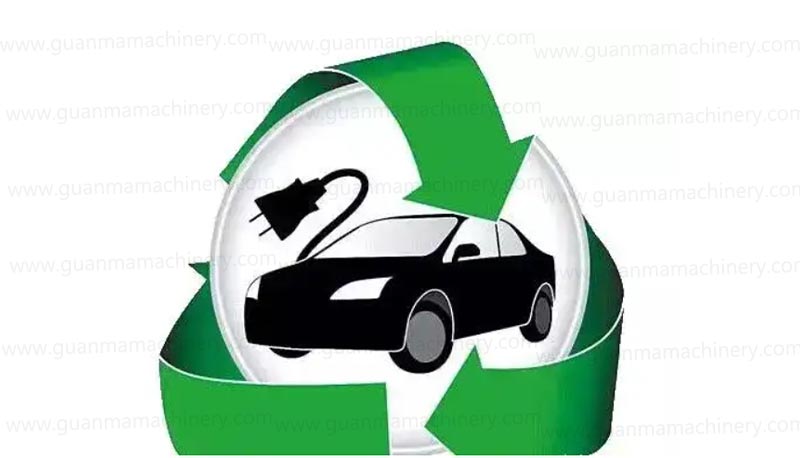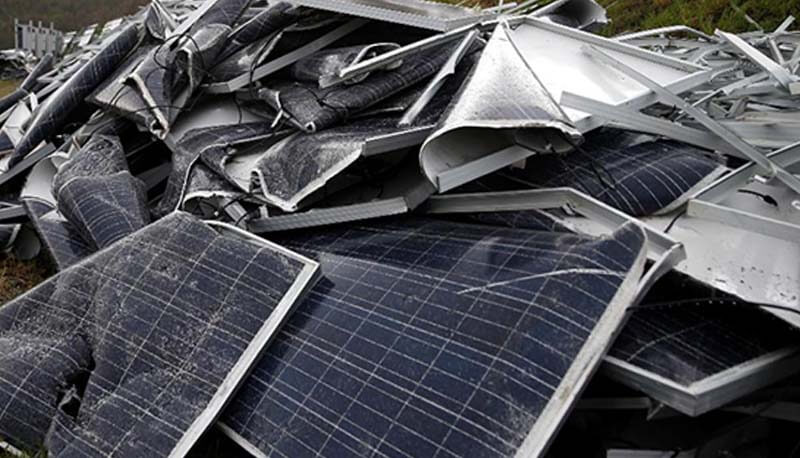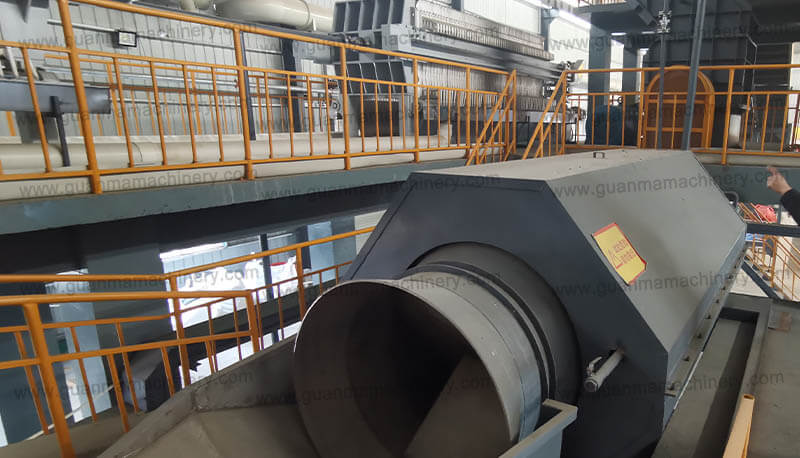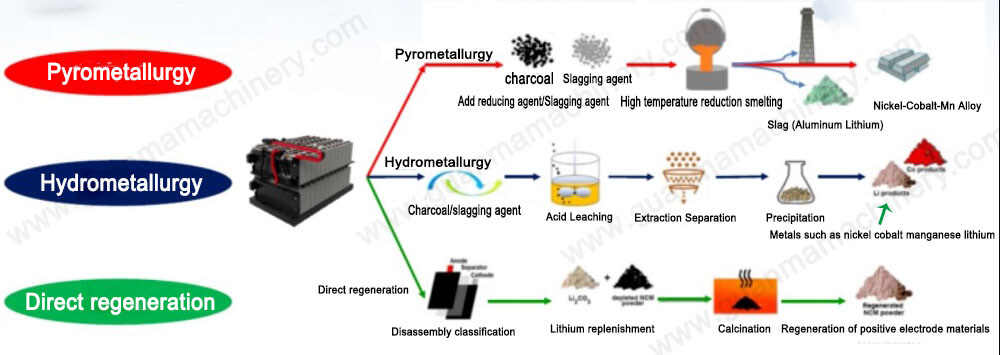The hydrometallurgical recycling process for lithium-ion batteries is a method that recovers valuable metal elements from spent batteries. This process involves dissolving the valuable metals into a solution and then separating them through methods such as electrolysis and precipitation, ultimately yielding pure metal elements.
Hydrometallurgical Recycling Process Flow for Spent Lithium-Ion Batteries
1. Battery Dismantling: The first step in the process is to dismantle the spent lithium-ion batteries, separating the components such as the cathode, anode, and separator.
2. Acid Leaching: The separated cathode and anode materials are subjected to acid leaching, which dissolves the valuable metal elements into a solution.
3. Neutralization and Precipitation: The acidic solution is neutralized, and then precipitating agents are added to cause the valuable metal elements to precipitate out of the solution.
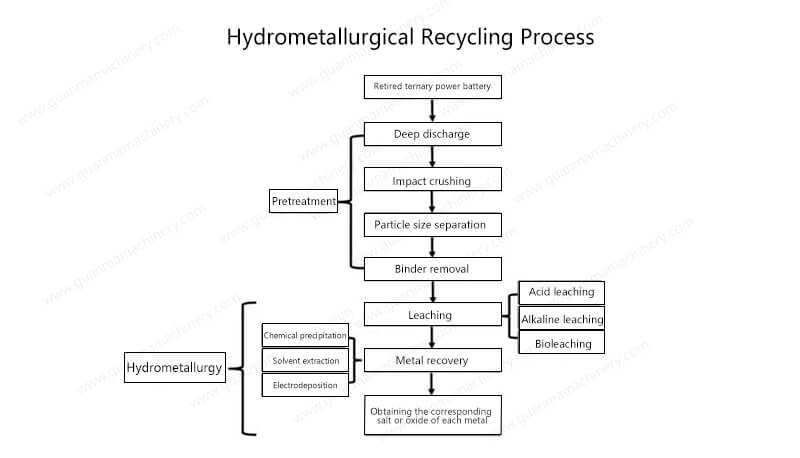
4. Filtration and Washing: The precipitated material is filtered and washed to remove impurities and excess water.
5. Electrolysis: The filtered and washed material undergoes electrolysis, which separates the valuable metal elements.
6. Refining: The metal elements obtained from electrolysis are further refined to achieve high purity.
Advantages of Hydrometallurgical Recycling Process
1. Efficient Recovery of Valuable Metals: This process effectively recovers valuable metal elements from spent batteries, reducing resource wastage.
2. Environmental Protection: It significantly reduces the environmental impact of spent batteries by minimizing pollution and protecting the ecosystem.
3. Sustainable Developmen: The process promotes sustainable development and supports the growth of a green economy.
The hydrometallurgical recycling process is an effective method for handling spent lithium-ion batteries. It allows for the recovery and reuse of valuable metal elements, thereby reducing resource waste and protecting the environment. As the technology advances, this process is expected to see wider application, contributing significantly to the creation of a more environmentally friendly society.

